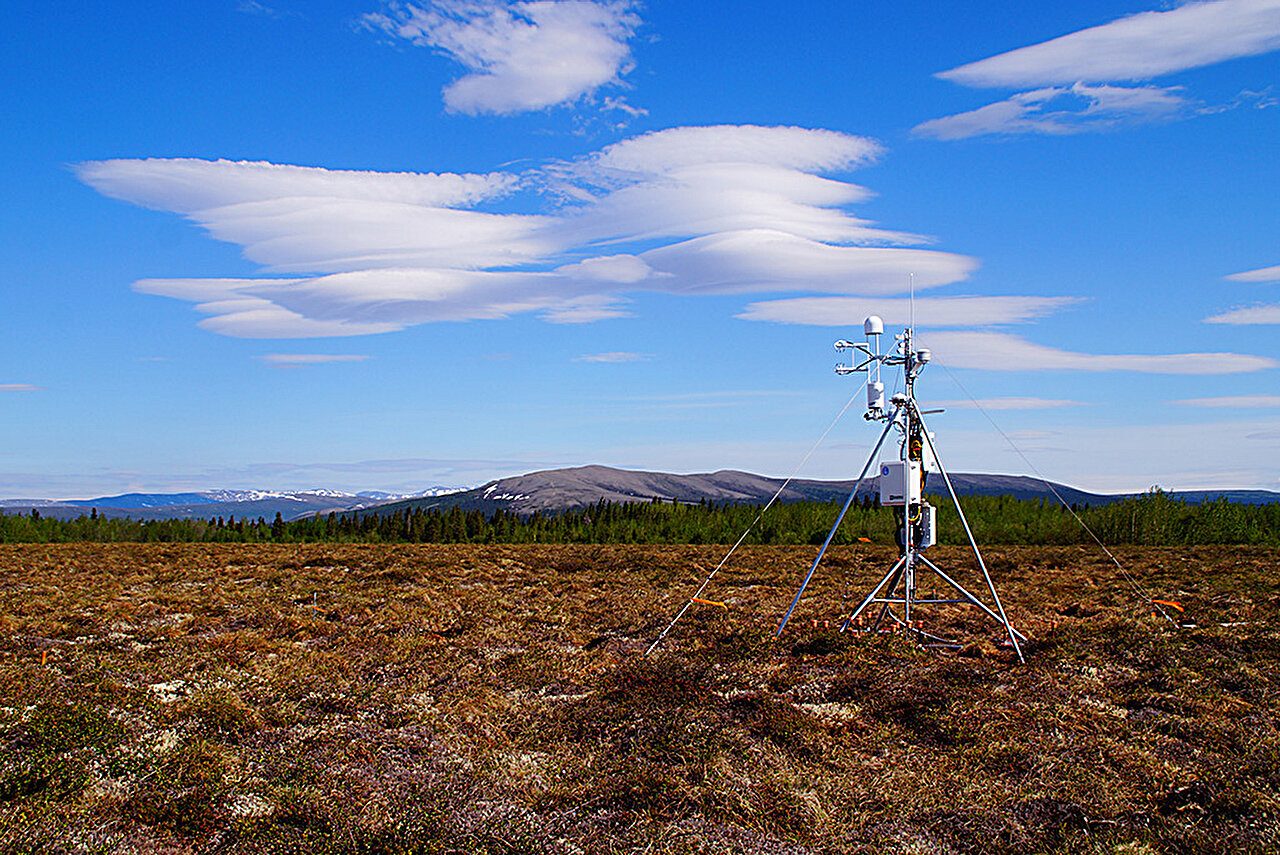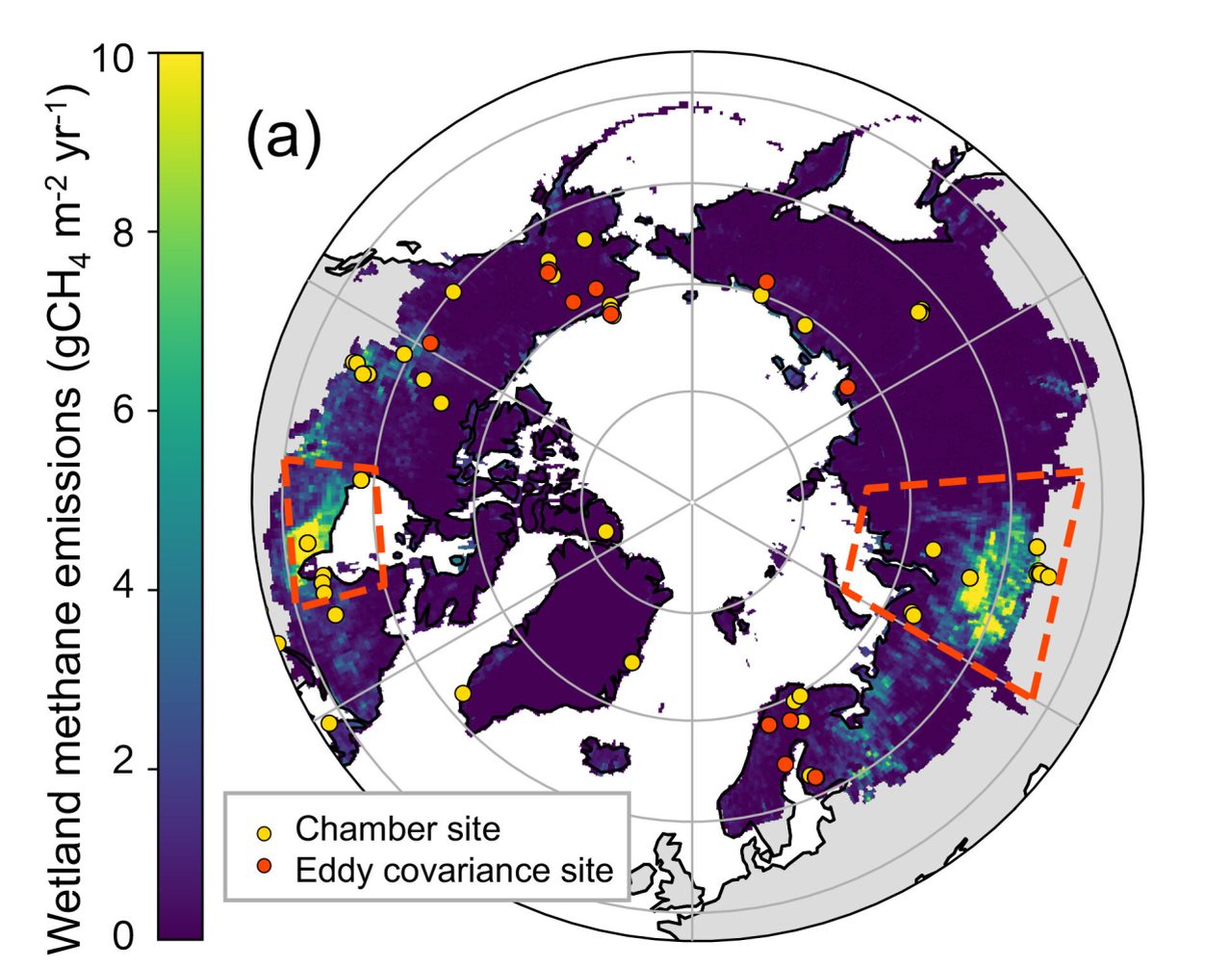Arctic Wetlands Releasing Alarming Amounts of Climate-Warming Methane
Emissions increased by 9 percent in the last 20 years
Methane has been one of the leading gases contributing to global warming and climate change as a whole. While humans have been focusing on livestock and fossil fuel production as major methane emission sources, turns out, that the Arctic wetlands have been releasing far dangerous amounts of greenhouse gas for years. A recent study has discovered that the entire Boreal-arctic region has observed an increase of nearly 9 percent in methane emissions since 2002.
The study, conducted by a team from the Department of Energy’s Lawrence Berkeley National Laboratory analyzed methane data across the entire ecosystem. Published in Nature Climate Change journal, the research indicates that the temperatures in Boreal and Arctic regions are increasing at about four times the global average pace, leading to a spike in wetland methane emissions. However, it has been difficult to ascertain how much the area has been impacted since monitoring these vast and water-logged environs was difficult.
Berkeley Lab research scientist and senior author of the study, Qing Zhu, said, “Boreal and Arctic environments are carbon-rich and vulnerable to warming. Rising temperatures increase microbial activity and vegetation growth, which are associated with emissions of gases like methane. By understanding how natural sources of methane are changing, we can more accurately monitor greenhouse gases that inform scientists about the current and future state of climate change.”

Image: Sigrid Dengel
Permafrost has indeed been melting at an alarming rate than it has ever been, emitting newly thawed reserves of greenhouse gases, especially methane. The molecular structure of methane is 30 times more capable of warming the atmosphere than carbon dioxide, invalidating the fact that methane stays in the atmosphere for far less time (for 10 years) than CO2 (300 years). This element makes it far more dangerous.
Also Read: Critical 1.5°C Threshold Crossed for Days, Earth is Getting too hot to Live
The research team trapped gases emitted from soils at a given location within a contained chamber and used autonomous several-meter-tall eddy covariance towers that regularly measured greenhouse gas interchange between soils, plants, and the atmosphere across large expanses of an ecosystem. These two methods provided substantial data to the team to analyze over 300 years of methane emissions across wetlands in the Arctic-Boreal region. The combined data provided a better understanding of determining factors that impact emissions.

Image: Berkeley Lab
It was then discovered that from 2002 to 2021, these wetlands have released an average of 20 teragrams of methane, annually. For understanding, that number is equivalent to the weight of 55 Empire State buildings. Consequently revealing that emissions have accelerated by about 9 percent since the beginning of the century. Increasing temperatures and plant productivity are two major environmental factors affecting wetland emissions.
Zhu says, “Because methane has a fairly short lifetime in the atmosphere, it can be reduced and removed relatively quickly. By providing a more accurate understanding of the role wetlands play in the global climate system and how and at what pace their methane emissions have increased, this research can offer a scientific baseline to help understand and address climate change.”


